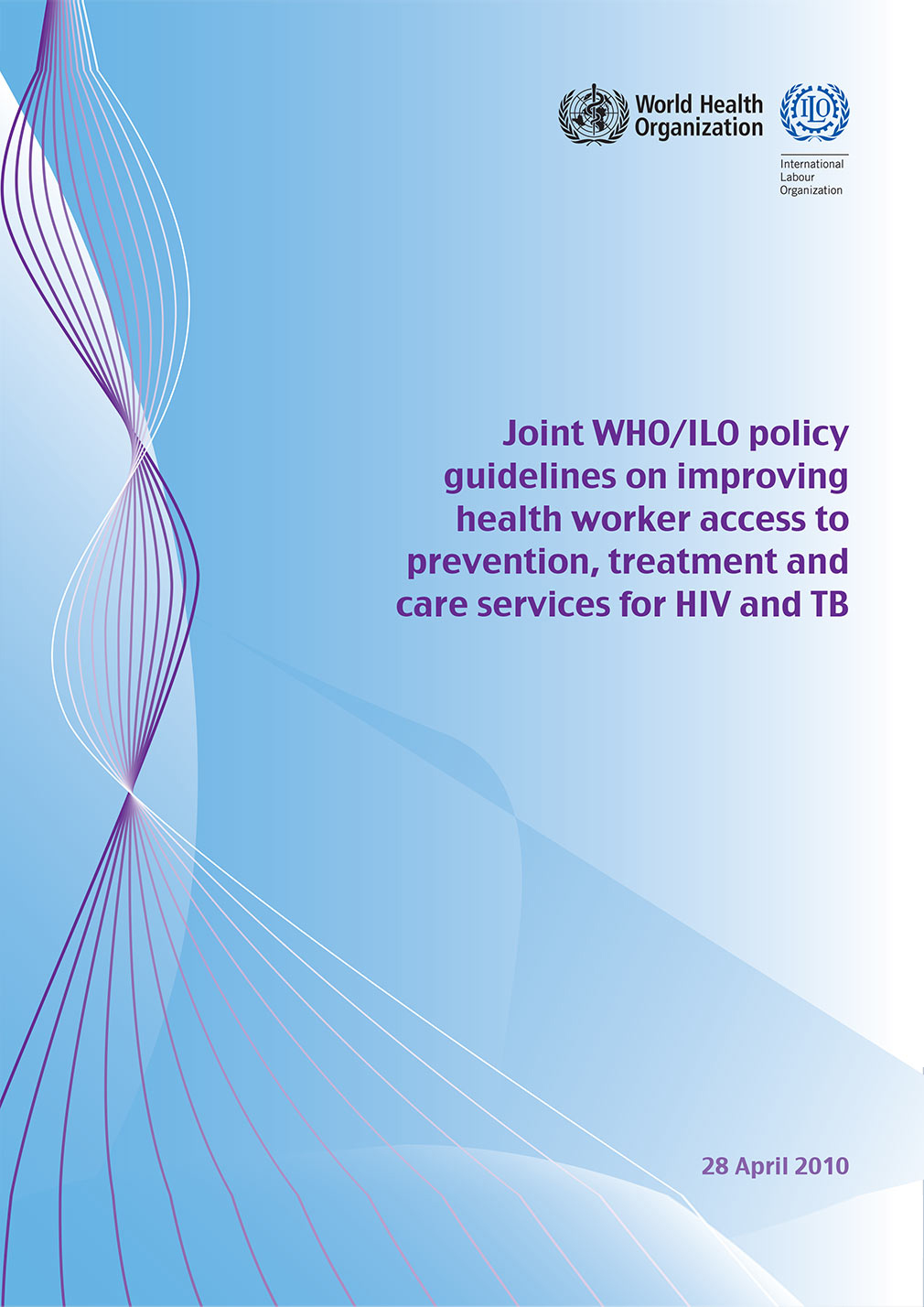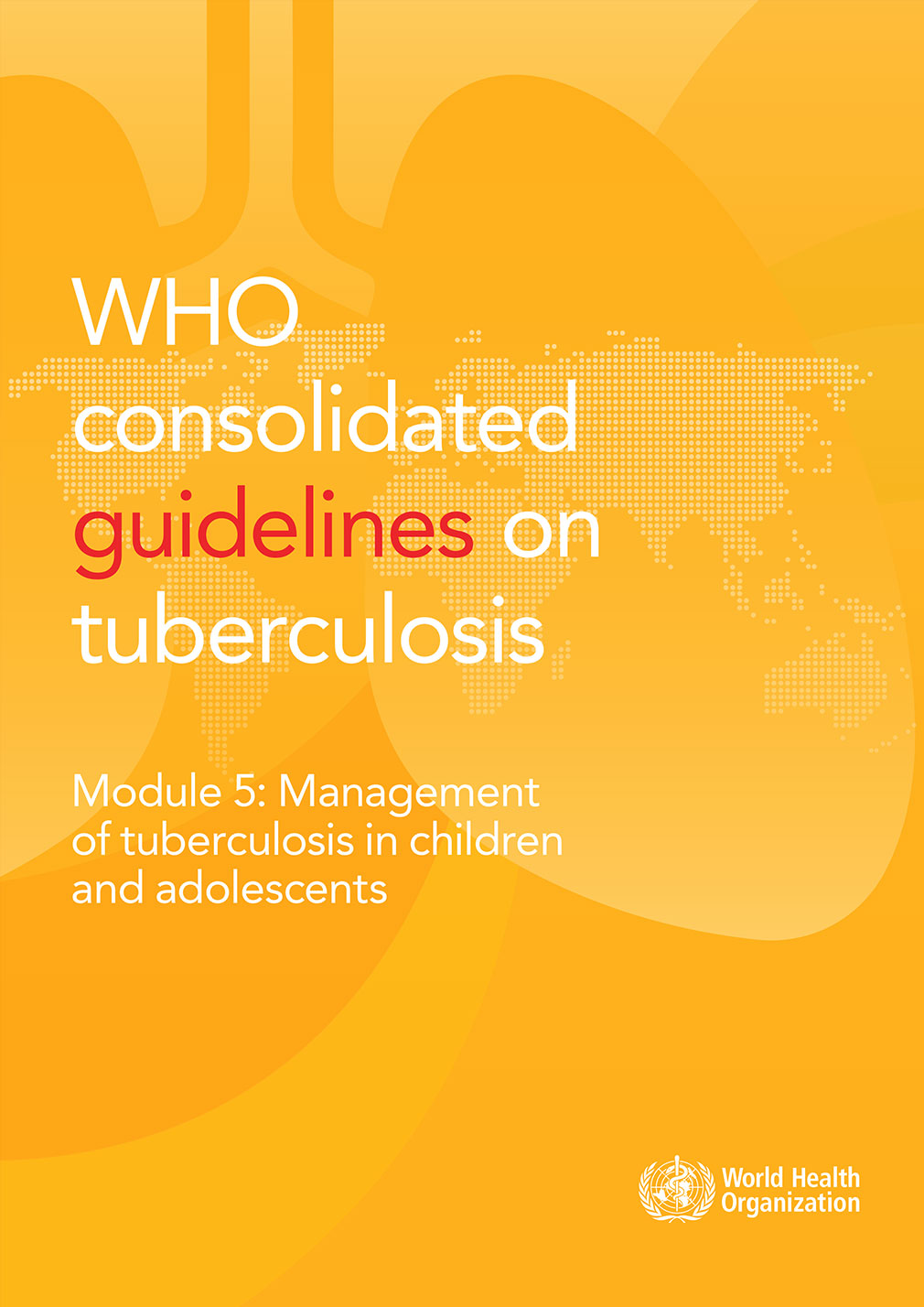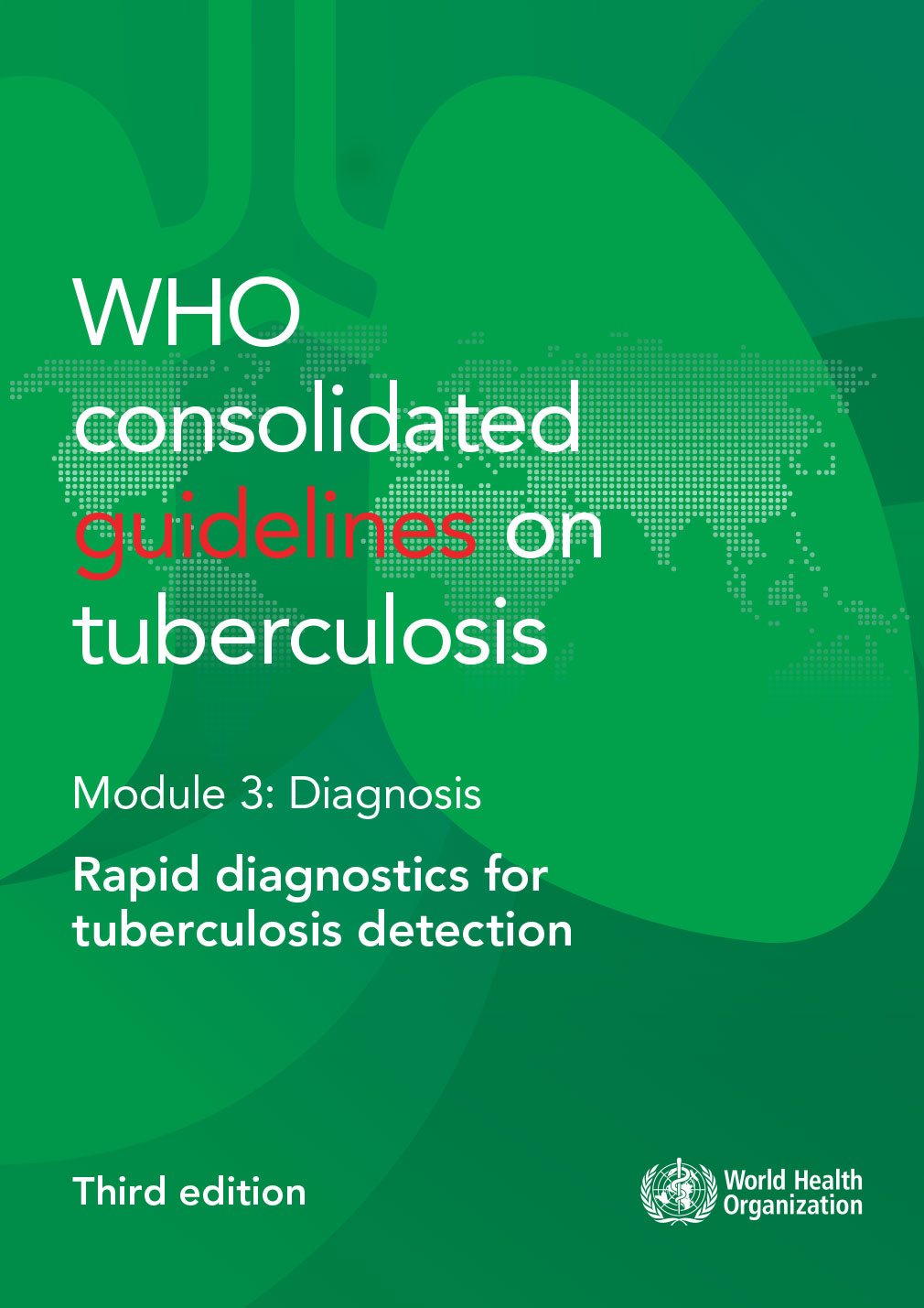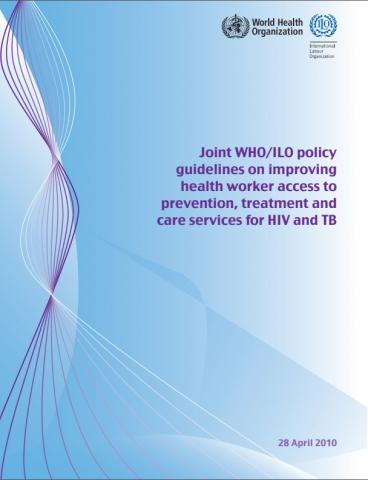1.1 Rationale and Objectives
It is now recognized that loss of health workers due to HIV and TB requires urgent attention (Ncayiyana 2004, Menzies 2007). Hitting hardest in countries that are already severely affected by the global health human resource crisis, this situation is negatively affecting the goal of universal access to HIV services (Schneider 2006). It has been identified that together HIV and TB account for an extremely high proportion of the mortality and morbidity experienced by health workers in high burden countries (Harries 2002, Tawfik 2003).

 Feedback
Feedback



